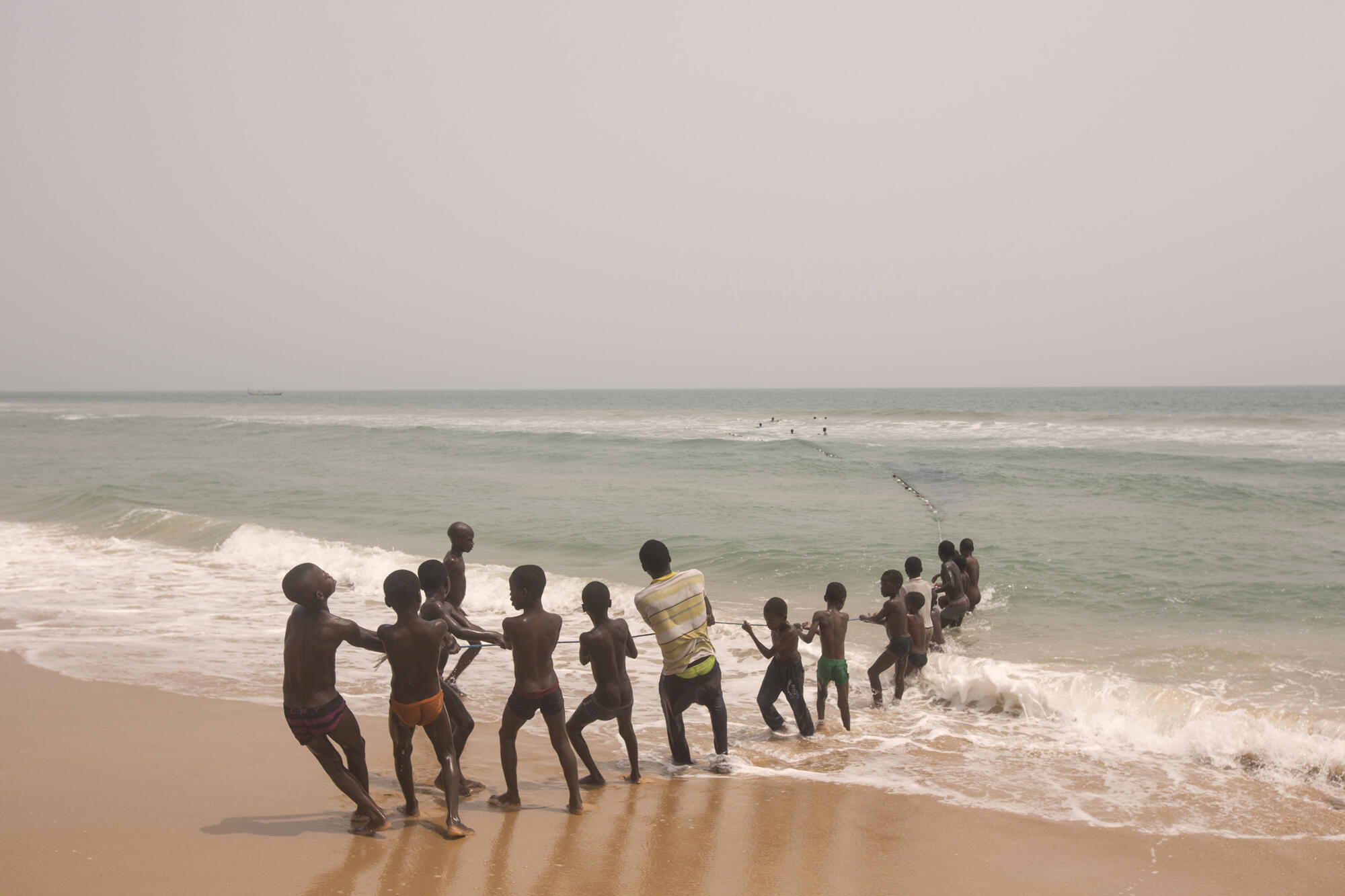Matilde Gattoni: “It was the Camille Lepage Prize that made me decide to go.”

Winner of the eleventh Camille Lepage Prize, French-Italian photojournalist Matilde Gattoni is preparing for a photo coverage that she has in mind for several years.
“I’ve had this story in mind since 2017, and every year I tell myself, ‘I have to do it.’” When we ask her about the coverage she is preparing, Matilde Gattoni makes no secret of the fact that the subject has been on her mind for a long time. On the shores of Lake Victoria, at the crossroads of Kenya, Uganda, and Tanzania, climate change and overfishing threaten 40 million people who live directly or indirectly from the lake’s resources.
“The subject is fairly well covered by the local media but not beyond, even though the number of people affected is huge.” This is why Matilde Gattoni wants to tell this story: “What interests me is helping people understand that there is a link between us and these populations living on the other side of the world.”
In fact, there is a double link. Firstly, as a cause, because the growing demand for fish from Europe, Asia, and the Middle East is at the root of this overfishing phenomenon. Secondly, as an effect, because these populations, who will eventually no longer be able to live on the shores of Lake Victoria, will be forced to migrate. First to cities in Kenya, Uganda, and Tanzania, then to Europe.
A photojournalist since 2000, Matilde Gattoni has been traveling and reporting for twenty-five years. She first went to Israel and Palestine to cover the second intifada, then to Eritrea, where UNICEF sent her to cover the war against Ethiopia. Eritrea is a country that occupies a central place in her life. “My Italian father was born in Eritrea. Our family photos were photos of Eritrea, even though I grew up in Italy. At the time, it was my only connection to that country.”
Family photos that would play a key role in the beginnings of her future vocation. “I was touched from childhood by the importance of photographic memory in a person’s life. Later, I went to Morocco with an old camera that belonged to my father. When I came back, I told myself that this was what I wanted to do.” Her career choice was made. “For me, photography is really connected to photojournalism. It’s about telling a story, talking to people, listening to them.”
After Israel and Eritrea, she moved to Dubai and then Beirut, where she lived for several years while giving her career a new direction: “I worked for 10 years on assignment for Time, Newsweek, and the New York Times. But I felt that the Western media always presented the same view of the Middle East as being in crisis and at war. Together with a journalist who has since become my husband, Matteo Fagotto, we set up our own mini agency. That’s when we started working on climate change, focusing specifically on populations directly affected by the risk of flooding.” First came a report in Yemen, then Ghana, Togo, and Benin. And soon, East Africa.
“Our story on the shores of Lake Victoria is expensive, time-consuming, and very complicated to organize: we need a different fixer in each country, and it’s best to avoid periods of unrest, such as the current situation in Kenya, or elections. I’ve always wanted to do this story, but it was a question of funding. It was the Camille Lepage Prize that made me decide to go ahead with it. As soon as I found out I had won the Prize, I immediately got back in touch with the fixers I had contacted over the past few months. We’re in the process of getting organized!”. Before that, Matilde Gattoni will receive the 2025 Camille Lepage Award, supported by SAIF, at Visa pour l’Image, on September 4 in Perpignan.

